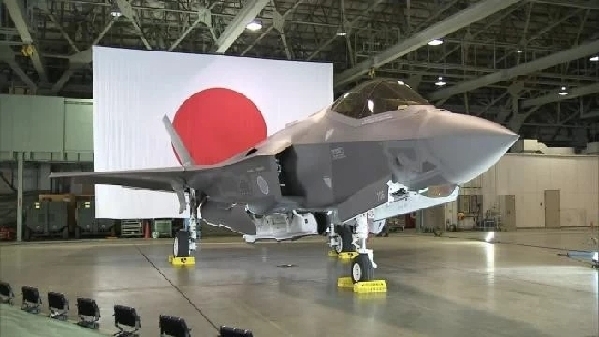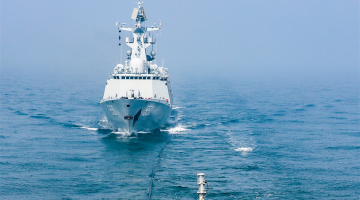The China Strategic Culture Promotion Association released the Report on the US Military Power 2018 and Report on the Japanese Military Power 2018 on the morning of August 23. It was the 8th time that this private association released foreign military power reports since 2012, and Retired Major General Luo Yuan, Executive Vice President and Secretary-General of the Association, revealed relevant key details of the reports:

The Report on the US Military Power 2018 pointed out three major characteristics of the transition of American national security strategy. First, “America first” is the core principle of American national security strategy, represented by trade protectionism and unilateralism; second, “Pivot to Asia” is replaced by the new “Indo-Pacific strategy”; third, “engagement strategy” is replaced by “competition strategy”. The US takes China, Russia and Iran as its three major security challenges.
The US further perfected its national security strategy and released the National Space Strategy, National Cyber Strategy and 2019 Missile Defense Review (MDR). It also published the Asia Reassurance Initiative Act (ARIA) of 2018, among others, several clauses under Section 209 titled “commitment to Taiwan” seriously violated the “One China” principle and interfered in China’s internal affairs.

Going forward, the US military will comprehensively carry out Trump’s “strong military” project, continue to increase military budget and further expand the troops. It will make a special point of developing combat forces in fields including space, cyberspace and artificial intelligence, or AI. The US will be more aggressive in military development, troop deployment and the construction of new combat forces.
The Report on the Japanese Military Power 2018 pointed out that Japan’s security policy development will display the following new characteristics for a long time to come:
First, it will develop multiple offensive capabilities at a faster pace, with the focus on the capability of attacking enemy bases, including commissioning air-launched cruise missiles and medium/short-range ground-to-ground missiles, building ground attack capability, and enhancing electronic warfare capability. Japan will also refit the helicopter carrier into aircraft carrier that can accommodate the takeoff and landing of F-35B warplanes.

Second, Japan will focus on intensifying its combat capability in such new areas as space, cyberspace and electromagnetic spectrum (EMS).
Third, it will continue to hype up the “China threat” and take China as an “imaginary enemy”.
The National Defense Program Guidelines and Mid-Term Defense Program (MTDP) put forth by Japan at the end of 2018 didn’t fundamentally change its hostile stance toward China. Instead, Japan once again specified its stance of taking China as a threat and stepped up relevant military deployments against China. Moreover, Japan actively carried out defense diplomacy to strengthen its military ability to confront China.
As for America’s arms sales to Taiwan, Maj. Gen. Luo Yuan pointed out that Taiwan brought war instead of security to itself by buying weapons from the US. Its actions demonstrate its attempt to use force to deny reunification, which makes the “use of force to reunify” weigh gradually more than “peaceful reunification” on the reunification scale. Tsai Ing-wen should be blamed for starting a war once a crisis breaks out in the Taiwan Strait some day.

“Not only the American companies and individuals that sell weapons to Taiwan, but also the Taiwan companies and individuals buying weapons from the US, as well as the individuals who actually manipulate them, all of them have unshirkable responsibilities for provoking the conflict.”

Nevertheless, nothing could shake China’s steel-will to safeguard national sovereignty and territorial integrity, even if the US sold its most advanced fourth-generation warplanes to Taiwan, not to mention it’s only the F-16V, an improvement of the third-generation warplane.
(This article originally appeared on Global Times. It was translated from Chinese into English and edited by the China Military online.)









